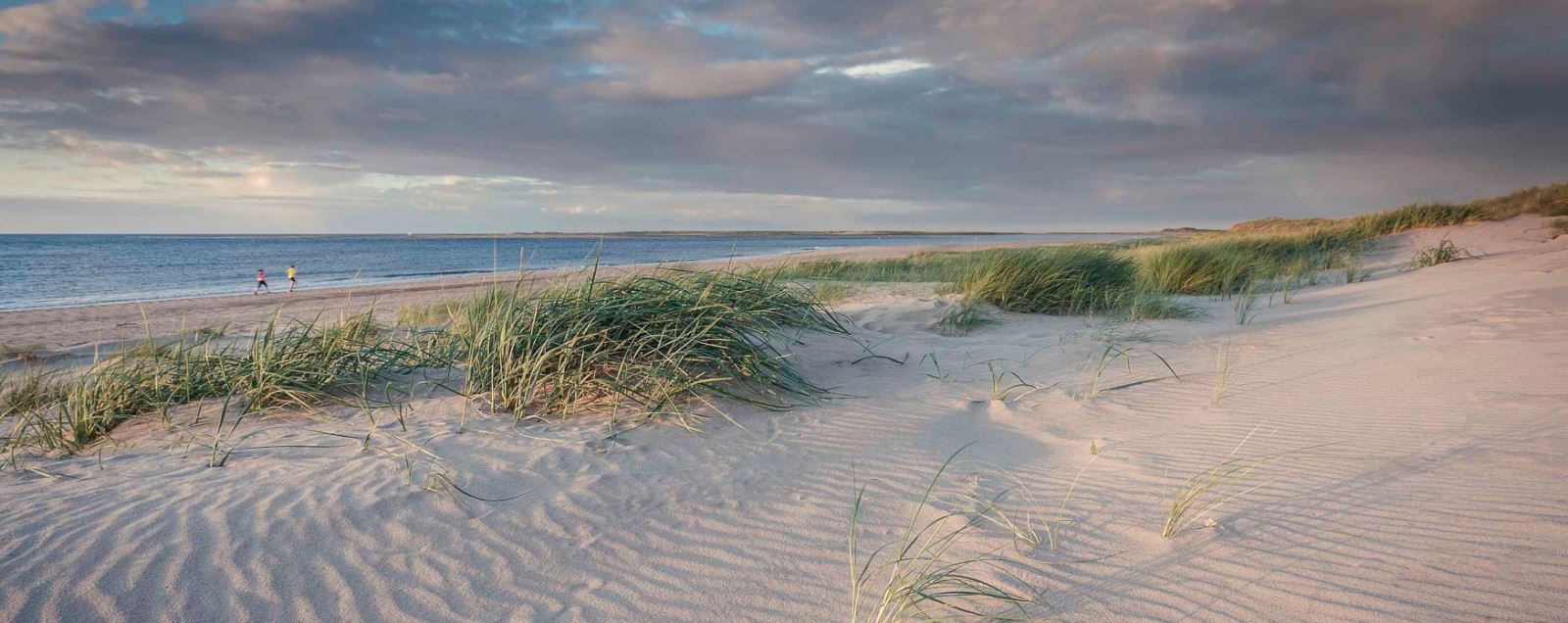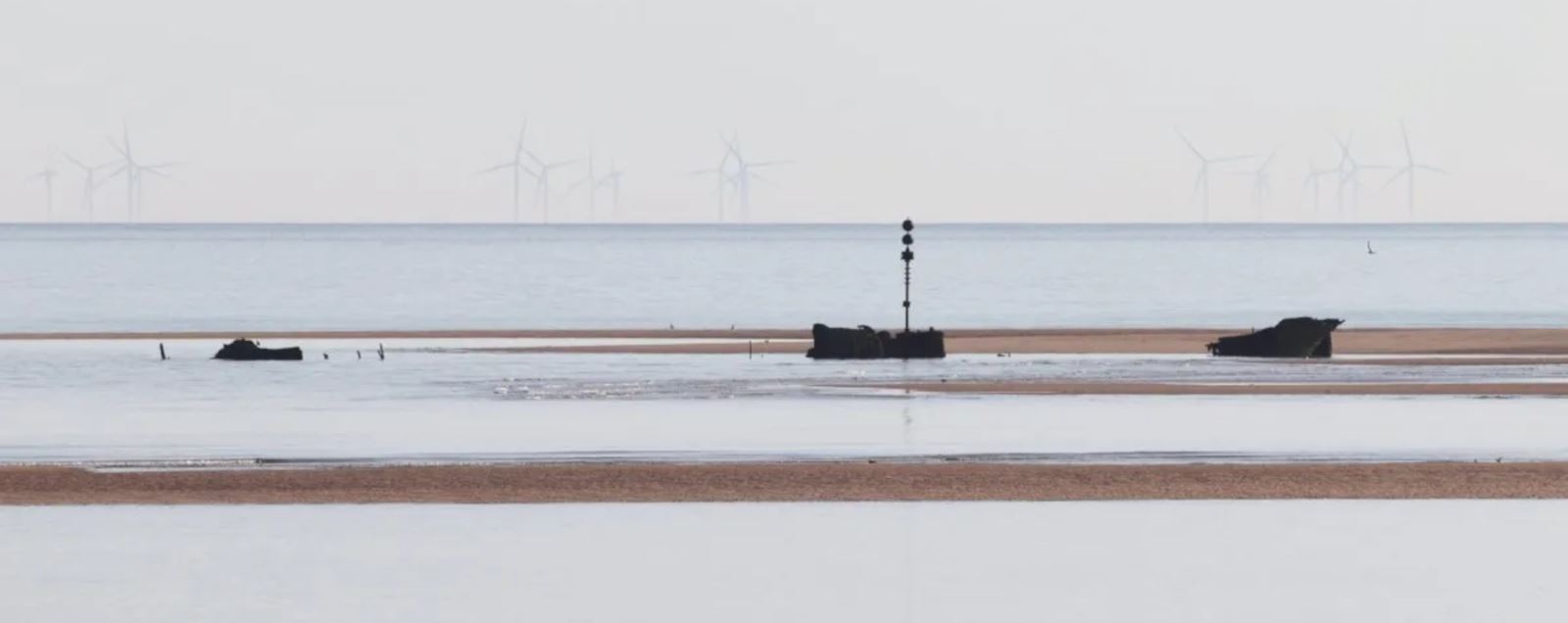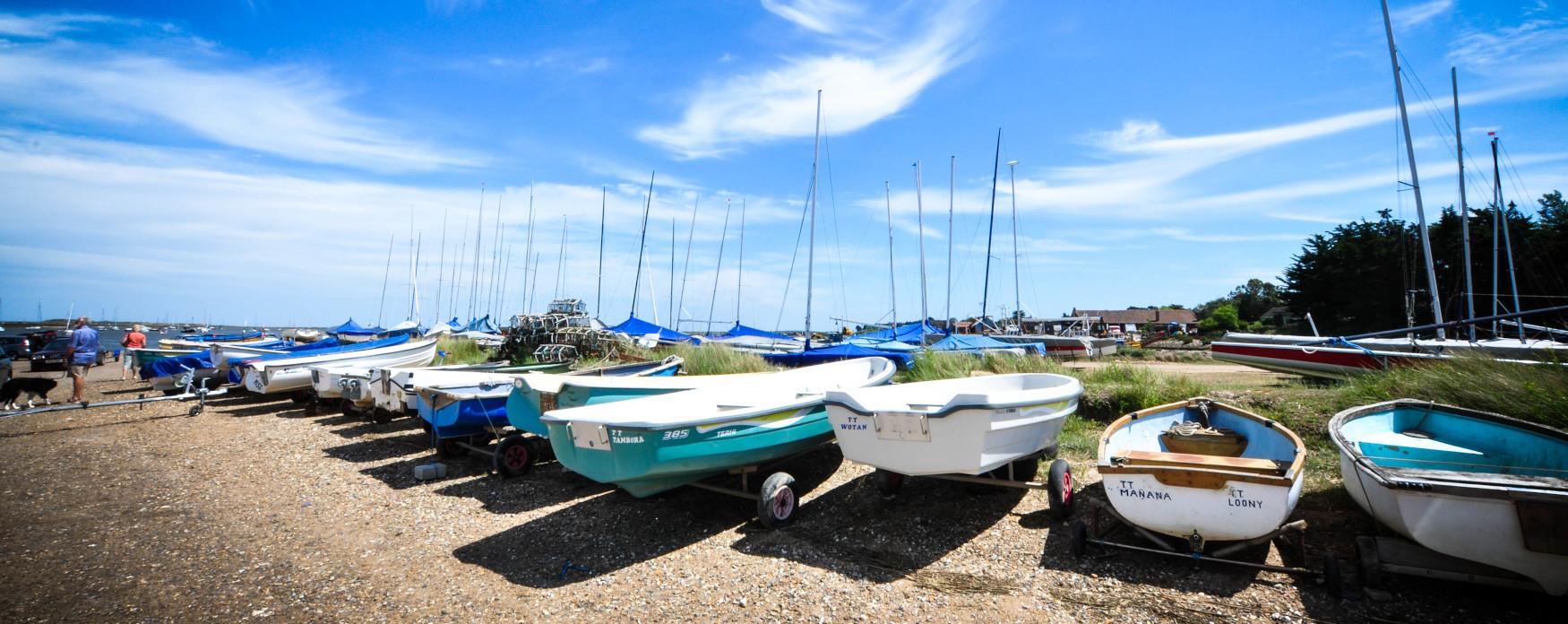To provide you with the best experience, cookies are used on this site. Learn more

To provide you with the best experience, cookies are used on this site. Learn more



The working villages of Brancaster and Brancaster Staithe are in an Area of Outstanding Natural Beauty on the north Norfolk coast. With a glorious beach and thriving fishing and sailing communities, Brancaster is perfect for a coastal holiday and enjoying freshly caught seafood.
Brancaster sits on the Norfolk Coast Path and is made up of two villages, Brancaster Staithe and Brancaster. A four mile walk west takes you to Burnham Overy Staithe and along the way you can enjoy the wildlife the freshwater and saltwater habitats attract. In winter, the sky fills with the marvellous site of pink-footed geese.
.jpg)
Just a couple of miles away is RSPB Titchwell Marsh, a renowned nature reserve and a haven for native and migrating birds. There is also a wide sandy beach there, which offers extensive views across The Wash.
.jpg)
All year round, Brancaster is a lively village and there is a good range of places to stay and eat. Brancaster is known for its mussels and excellent seafood which you can try in the fabulous pubs and restaurants with breath-taking views over the staithe; and enjoy locally produced ale and seasonal dishes. You can also buy freshly caught fish and seafood from stalls at the staithe and on the main road.
One of the driest villages in the country there is always something to enjoy outdoors such as sailing or kite surfing (in designated areas). Brancaster beach is stunning with miles of unspoilt golden sand and is dog friendly (with minor restrictions in the summer).

When the tide is out you can see an old shipwreck, the remains of SS Vina (a cargo ship built in 1894) which was used by the RAF for target practice before the Normandy landing. Afterwards, the vessel was dragged to a sand bank in the entrance to Brancaster Staithe Harbour, where, full of shell holes, she subsequently sank.

Brancaster beach was also used for D-Day training after it was discovered that the sand at Brancaster Estate was almost identical to the blue-grey sand on the proposed Normandy landing beaches, so the 79th Armoured Brigade came to Brancaster to practise landing. The practice landings went smoothly, showing that tanks could be successfully deployed on D-Day.
.jpg)
Ahead of your visit to Brancaster beach, make sure you check the high tide times, to avoid being stranded when the road can become flooded. At low tide, a petrified forst can be seen at low tide; about three-quarters of a mile west of the golf clubhouse near the foreshore at Brancaster. This is fossilised remains of vegetation that looks a bit like black rubber. After storms, remains often wash ashore and if you break a piece open, you can see the plant remains inside. If you’re looking for a holiday with a beach, good walking, wildlife, stunning scenery, outdoor activities and great seafood, Brancaster is the perfect place.
.jpg)
Explore Brancaster



